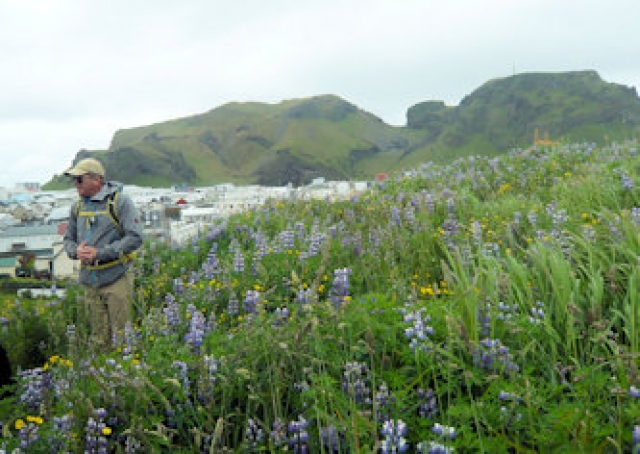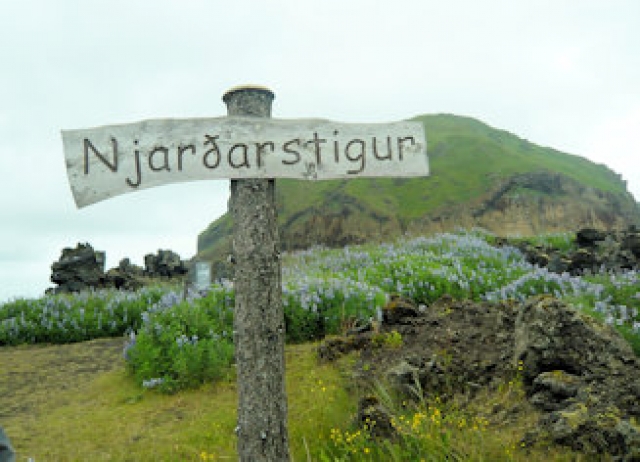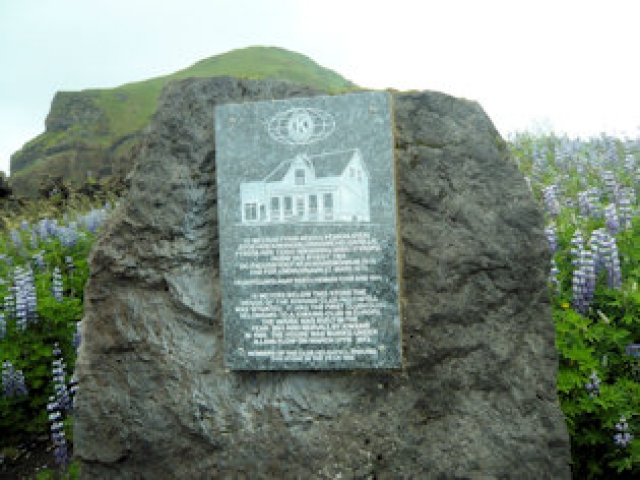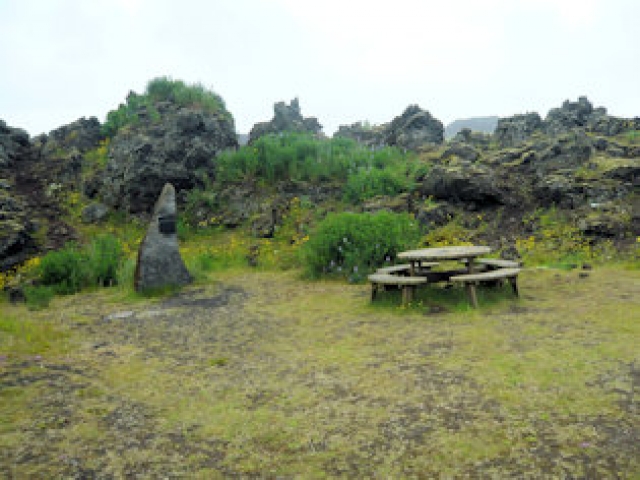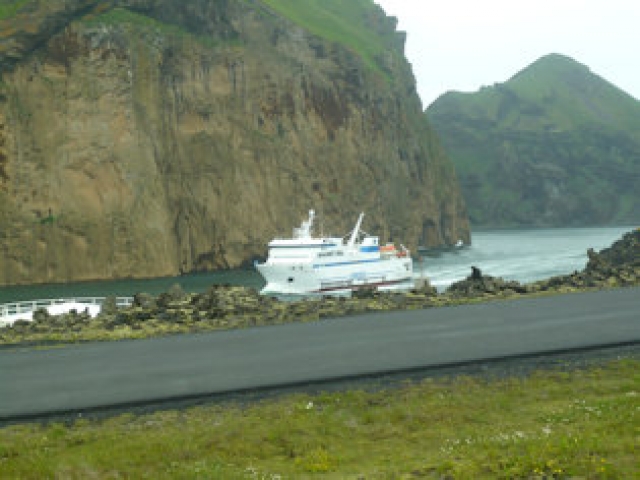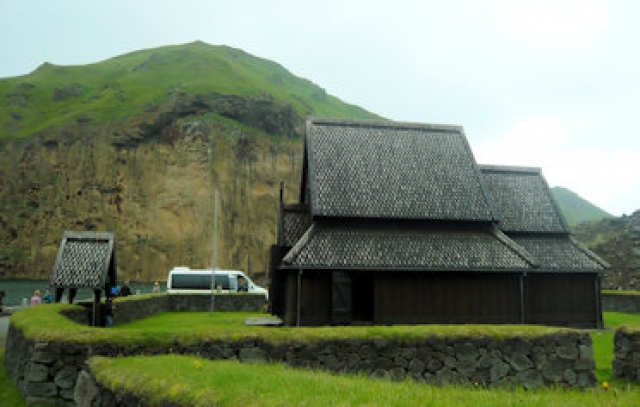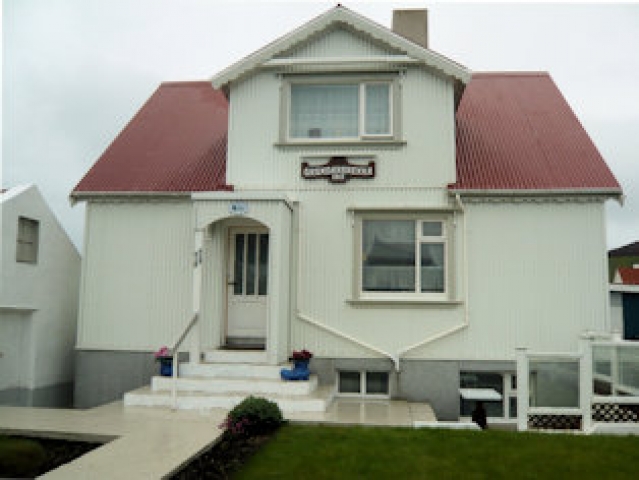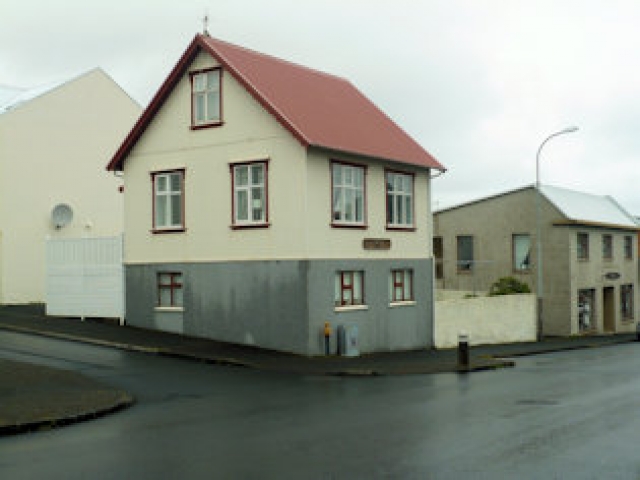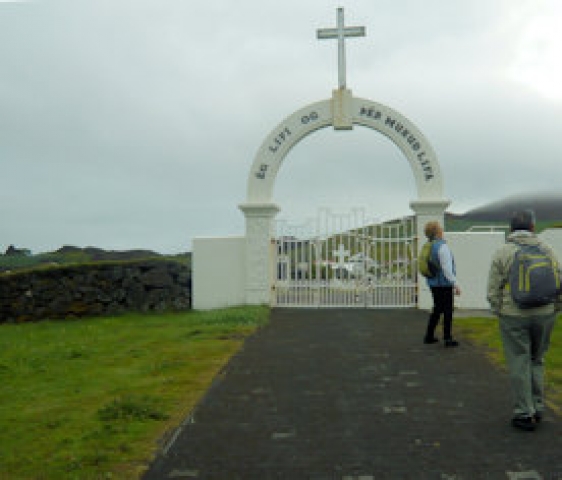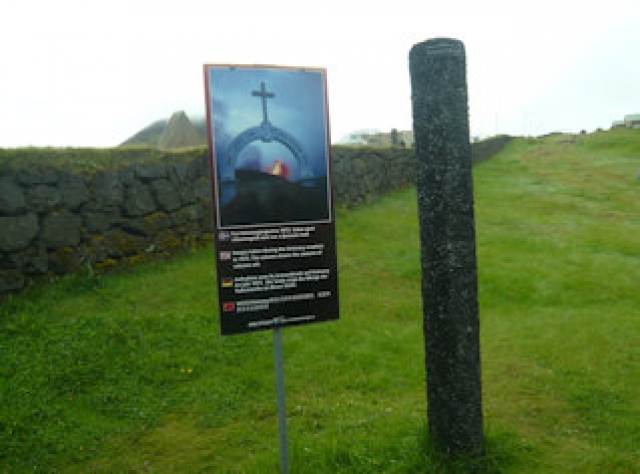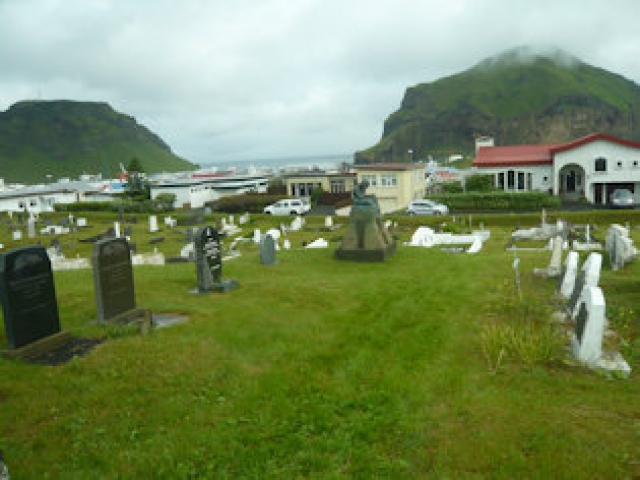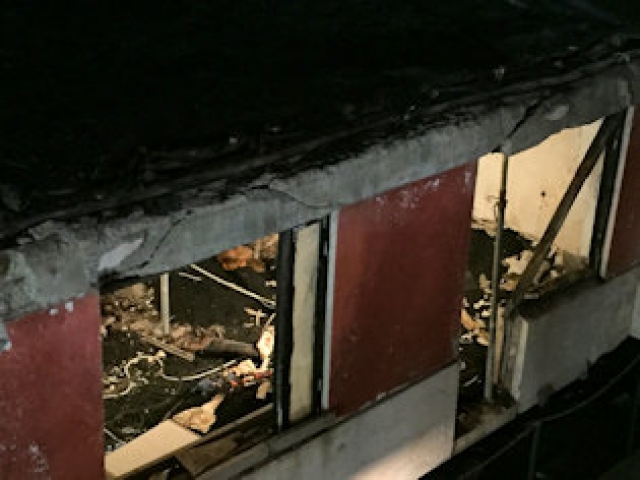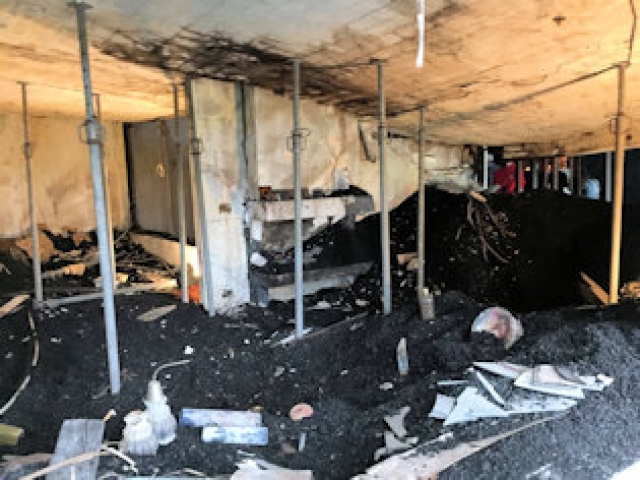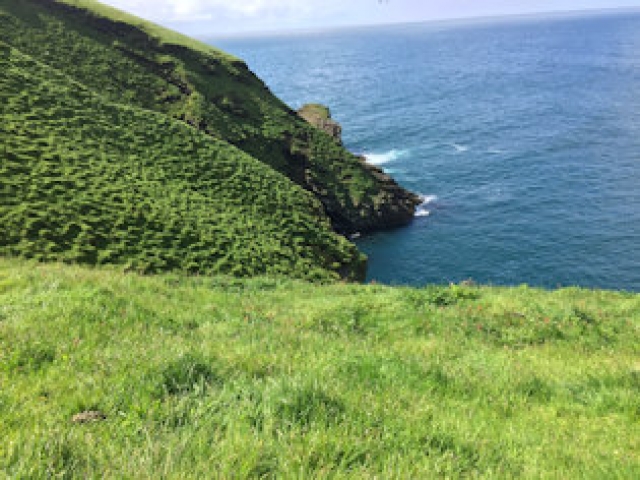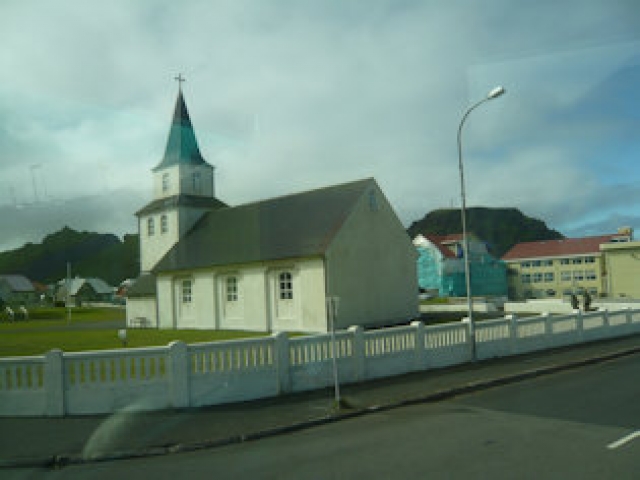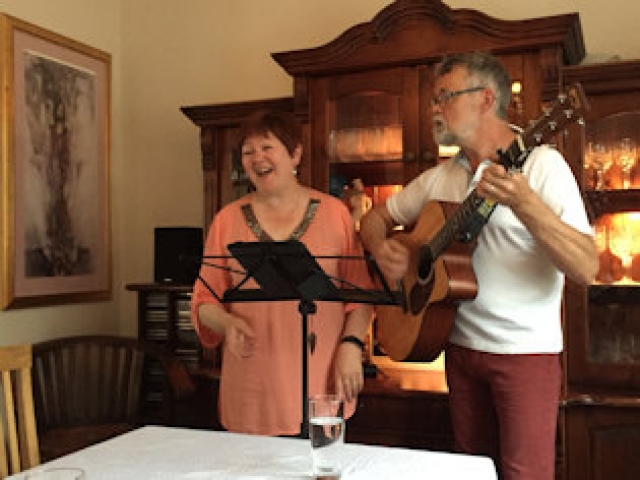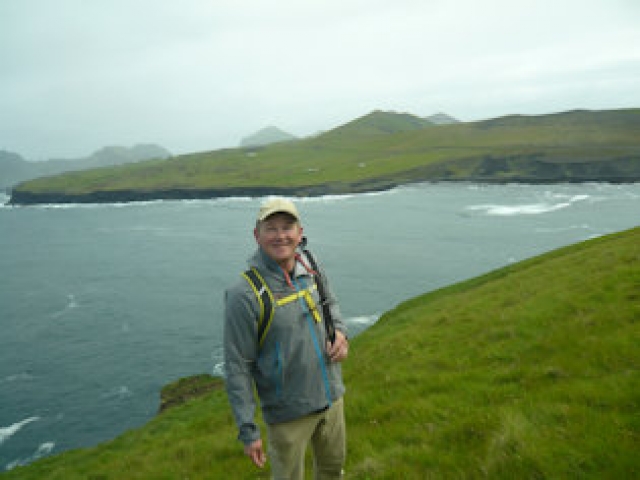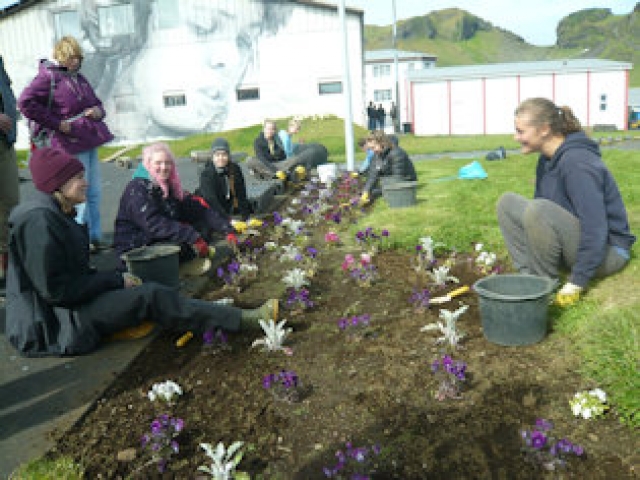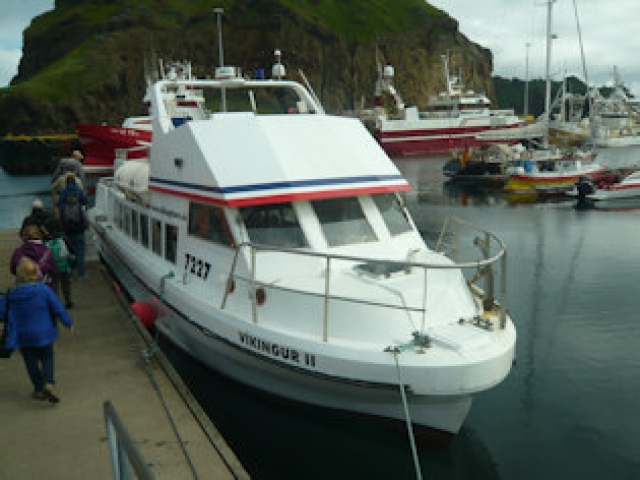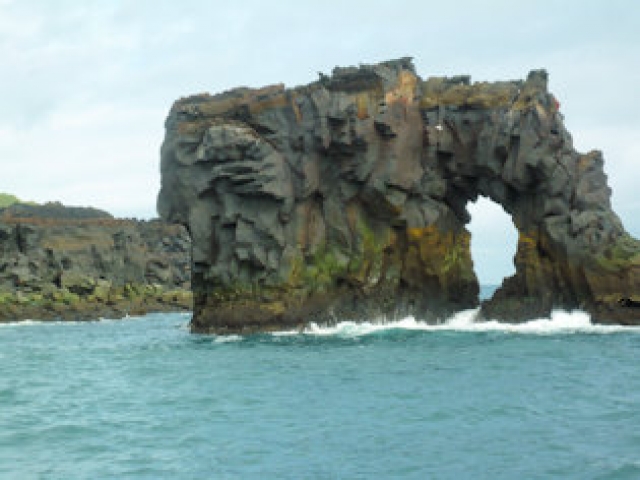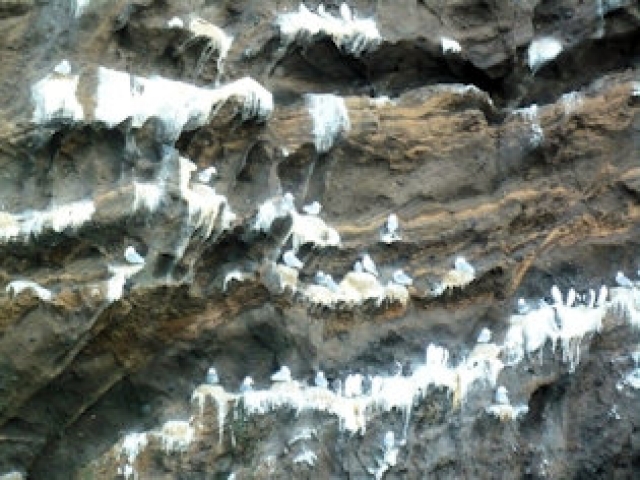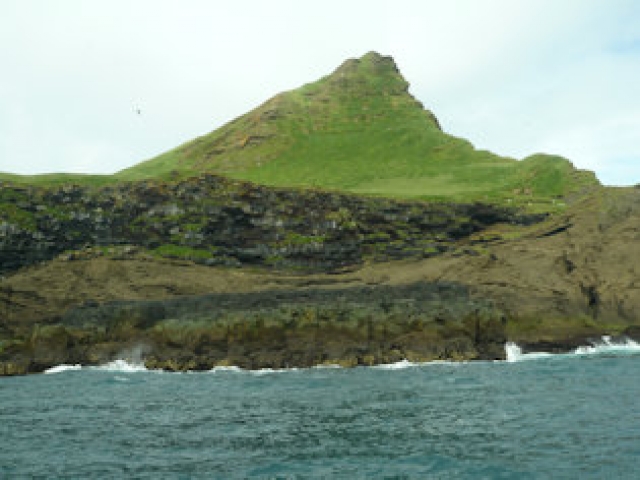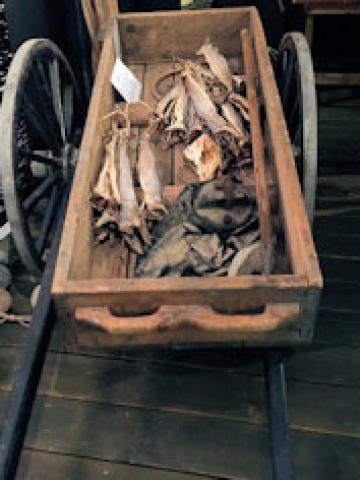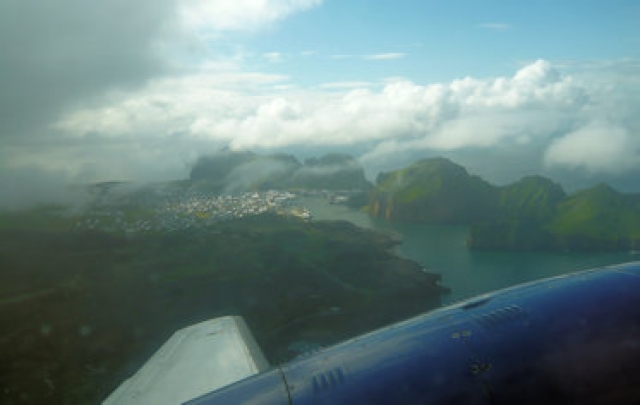Iceland: Part One
Westman Islands
By: Zeren Earls - Aug 13, 2017
Since I gave up my vacation home in Rhode Island two years ago, Iceland had been on my short list for summer travel, as I had heard so much about the country’s natural wonders. Signing up for the Untamed Iceland itinerary offered by Overseas Adventure Travel, I ventured to the North Atlantic country in early July to experience its famed natural beauty. I flew on Icelandair from Boston to Keflavik International Airport, established as a NATO base following WWII until 2006, 31 miles south of Reykjavik, the capital city. At the end of the five-hour flight to my destination, adjusting my watch four hours ahead, I stepped out to meet Baldur Gylfason, our Icelandic trip leader and the other ten members of the tour group arriving from different parts of the US for a pre-trip to the Westman Islands, an archipelago off Iceland’s southern coast.
A man of medium stature with blonde hair like most Icelanders, Baldur extended a warm welcome with a big smile and led us to the waiting coach. Despite the gray skies, the outside air felt clean and refreshing. Following a scenic coastal road, we headed south to the small town of Selfoss, where we stopped to have breakfast and downsize our luggage for the pre-trip before connecting to a ferry to the Westman Islands. The buffet breakfast included paper-thin slices of smoked salmon and a variety of breads – all very tasty.
Back on the road heading south, we had our first sighting of one of Iceland’s magnificent waterfalls – Urridafoss. Meaning “Speckled Trout Falls”, Urridafoss is the last waterfall created by the 230-km-long Thjorsa River, which originates in glaciers and is fed by springs as it runs along the edge of a lava flow on its way to the sea. Salmon and sea trout swim upstream to breed, providing opportunities to fish. We witnessed a few men line-fishing off the edge of rocky cliffs, complementing the gushing beauty of the picturesque falls.
We then headed to Landeyjar Hofn Harbor to catch the ferry to Heimaey (Home Island), the largest and only inhabited island of the cluster of 15 volcanic Westman Islands. The 35-minute scenic ferry ride provided views of other islands and skerries along the way. Upon landing just with hand luggage, we walked over with our bags to Hotel Vestmannaeyjar, our home for two nights.
Following a brief rest, our exploration of the island began with a climb to the area devastated by the volcanic eruption of 1973. As we walked uphill through paths flanked by field flowers, the town of Heimaey, nestled on the eponymous island, stretched below us. Amidst lava rock formations we came upon house graveyard markers indicating the location of the buildings, along with plaques providing the history and a picture of each building, entombed deep beneath the lava flow. One such building was the house of the Kiwanis Club, the first established in Europe. As we walked back downhill to the town, we came upon a medieval stave church, handcrafted out of wood and a gift from Norway. The man-made beauty of the post-and-lintel structure complemented the natural beauty of its setting.
In town, we walked by houses with plaques stating names given by the owners, along with the dates when they were built. In this small-knit town, where everyone knew one another, the name on each house provided an easy reference for identifying the occupants . We returned to the hotel for a delicious meal of lobster bisque, lamb chops with potatoes and glazed carrots, and for dessert chunks of chocolate cake poking through raspberry ice cream, resembling a lava flow.
In the morning, the buffet breakfast – ranging from fruit, cereals, scrambled eggs and an assortment of breads to baked beans – even included batter to make our own pancakes. Afterwards, we hiked to Eldheimar, known as the Pompeii of the North, where a volcano museum of remembrance has been built around an excavated house buried under ash by the eruption of 1973. Arriving at an arched gateway topped with a cross, we entered a cemetery with a view of the town and the harbor in the distance, and followed a path to the museum, passing a marker which showed the height of the ash that accumulated on the ground as a result of the eruption.
Before viewing any of the exhibits in the two-story museum, we watched a documentary of the massive eruptions of the lava, showing the terrifying beauty that had sprayed into the air through fissures in the ground, interspersed with people’s stories of the experience. The eruptions, which continued for five months, reshaped the island by adding 15 percent to its territory and creating Eldfell, a volcanic cone. The Americans helped by sending large pumping equipment that sprayed cold ocean water over the hot lava. Burying a third of the town’s houses and ruining another third, the eruption left only one third of the island untouched. People were rescued by the fishing fleet in the harbor. Although everyone on the island was rescued, some never came back. The town of Heimaey has since been rebuilt and today is one of Iceland’s major fishing ports, with most of its 4,400 residents, dependent on the sea.
The first floor of the museum is dedicated to exhibits of what actually happened in 1973. The visitor has an opportunity to look down charred hallways or through window frames of an excavated house, left in its devastated state. The second-floor exhibit tells the story of the youngest of the 15-volcanic island group. Surtsey grew from the sea floor in episodic proportions from 1963 to 1966. Nominated by the government for the UNESCO Heritage List, the island can be entered by permit only, as it currently serves as a research laboratory for scientists studying biological colonization and ecosystem development. Following this most informative and moving museum visit, we returned to the hotel for a lunch of cream of cauliflower soup and monk fish accompanied by carrots and barley.
Following lunch, a local guide, who also drove our bus, took us on a tour of the island along the coast, where puffins tend to nest under rocks. The puffin is the most common Icelandic bird, with an estimated population of ten million – the largest single collection in the world. The bus took us by verdant fields with turf houses and open pastures with sheep grazing near the water’s edge. At the end of the tour we were dropped off at the Aquarium, which displayed fish in tanks and harbored baby birds that had fallen out of their nests and been brought in by children who had found them. We met one such resident puffin, which we were able to see up close as it walked about.
In the evening, we enjoyed dinner at the home of Helga and Arnor, who had survived the eruption as teenagers. Over dinner, Helga told the story of their scary escape to the mainland by boat bobbing in rough seas, and feeling sea sick. Having returned to the island and raised a family, Arnor now operates a bakery and was the cook for our dinner. He treated us to nan bread from the bakery to accompany tzatziki and salsa as appetizers, followed by cod loin, mashed potatoes with olives and Cole slaw with fresh cream. A brownie with raspberry sauce and whipped cream topped the delicious dinner. Then the couple entertained us – she singing Peter, Paul and Mary songs, while he accompanied her on guitar. Arnor, also a visual artist, then shared his portraits of family members and black-and-white woodcut prints of nature images adorning the walls of their lovely home.
In the morning of our third and final day on the island, we enjoyed a scenic hike on Storhofdi, a peninsula off the southern tip of Heimaey. Walking on trails through emerald pastures, we enjoyed vistas of grazing sheep and birds along the shore. Returning to town for lunch, we came upon a group of teenage girls planting flowers. Upon inquiry, were told this was a summer job which paid $17 an hour. While this may sound high by US standards, Iceland is a very expensive country, where a bowl of soup might cost as much as $20.
On our way to the harbor for a boat tour, we came upon a big puffin sculpture, which offered an irresistible opportunity for pictures. The hour-long boat tour took us around some of the islands to view water birds along the shore and on steep cliffs, where people also hunt for puffins. At a distance, we were able to see the newest island, Surtsey, known for its mouse shape with a tail. The tour ended with a venture into a cave, where the captain played his saxophone, filling the cave with echoes.
During free time after the tour, I visited the Folk Museum, which has a room dedicated to the Mormons and their migration to Utah. Other extensive exhibitions included the development of fishing on the island, from line-fishing to nets to trawlers. Early on, fish was carried to the boats by carts; dredging the harbor made it possible for the big boats to come in. I also enjoyed an exhibit on clothing, which showed the evolution from Danish costumes to new Icelandic dress, from the time when the country became a sovereign nation in 1918 to full independence from Denmark in 1944.
After this end to our wonderful three-day introduction to Iceland, we flew back to Reykjavik, looking forward to beginning our main trip. The short 25-minute flight was an opportunity to see the islands from the air and bid farewell to Heimaey.
(To be continued)




